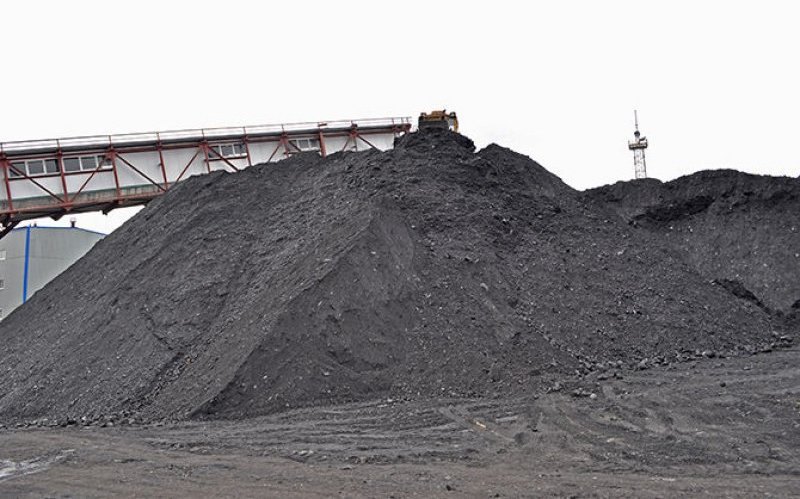
There is too much coal and this is also a problem
This year, Ukraine has record-breaking solid fuel reserves. Warehouses are overflowing with coal. The Cabinet of Ministers does not disclose exact figures, and data on fuel stockpiling for the winter was closed immediately after the start of the full-scale invasion.
According to former Energy Minister Olha Buslavets, more than 3 million tonnes of coal have already been delivered to the warehouses. And the replenishment of reserves is still ongoing. These reserves will be enough for two heating seasons. On average, Ukraine needs about 1.8 million tonnes for the winter.
"Speaking of coal reserves, as of April 2024, the Ministry of Energy reported that there were 1.2 million tonnes in the warehouses of TPPs and CHPPs. And these reserves were intended for the 2024-2025 heating season. Now there are more than enough resources. The question is: where to burn this coal? Our total thermal generation capacity has remained at 10% of what it was before the start of the full-scale war," said Oksana Ishchuk, Executive Director of the Centre for Global Studies Strategy XXI.
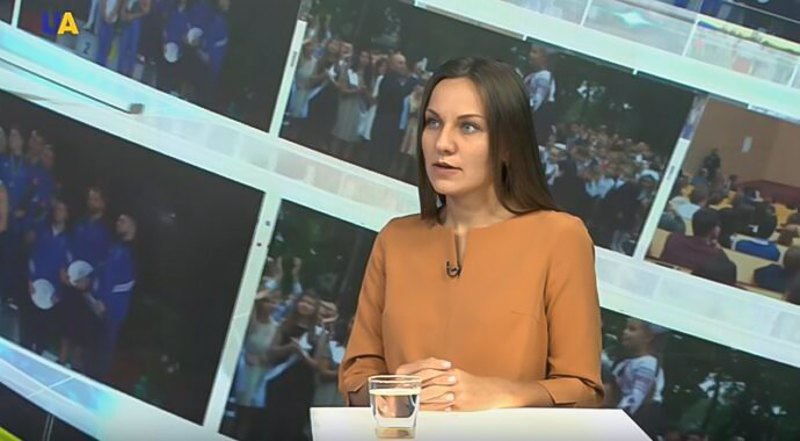
Russians have destroyed or seized all state-owned thermal power plants. They also bombed the private generation of DTEK, which owns most of the thermal power plants in Ukraine. The company reported that it lost 90% of its generation. Russians attacked Ukrainian thermal power plants more than two hundred times.
DTEK said that their facilities can be restored, but it is an expensive and time-consuming process. The damage is estimated at billions. The government is also trying to restore state-owned thermal generation. However, for security reasons, they do not disclose detailed information. Back in May, the Cabinet of Ministers allocated UAH 1.5 billion to restore critical thermal power plants.
"Every year before the heating season, we hear strange reports from the government about readiness for the heating season. For example, they say that we are 82% ready for winter, which is the latest figure announced by the Prime Minister. I don't understand what they put into these figures, what criteria they use. Fuel stocks are just one component of getting through the winter, albeit a very important one. Coal reserves are not so strategic now," said Oleh Popenko, chairman of the Union of Consumers of Public Utilities.
There will be enough gas
By 1 November, the country plans to pump more than 13 billion cubic metres of gas into underground storage facilities. This should be enough for the winter, according to Naftogaz. The company assures that they will be able to meet the plan in time. However, they add that the biggest risk is still Russian shelling. The Kremlin has already repeatedly attacked both Ukrainian gas production and above-ground storage facilities in the west of the country with missiles.
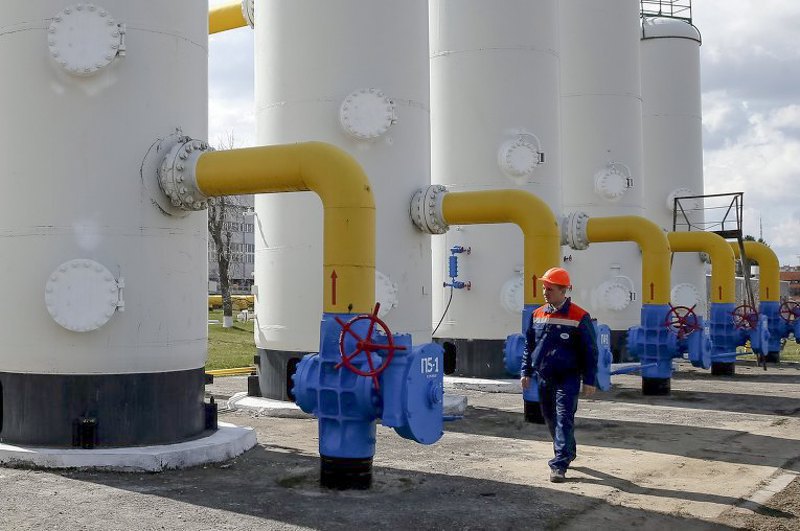
"The rate of gas injection lags behind the target. But, in my opinion, it will be enough. And it will not be critical when we talk about the reliability and uninterrupted supply of heat and electricity this winter. What is much more important is the pace of restoration of the destroyed generating equipment," said Yuriy Boyko, Advisor to the Prime Minister of Ukraine.
Ukraine went through the last heating season without imports of liquefied petroleum gas, according to Naftogaz. The company planned to rely on domestic production this year as well. However, the company did start buying gas from abroad. However, the government stubbornly refuses to call the auction imports, and there is a formal reason for this.
"Naftogaz has predicted production, they see that they will accumulate 13 billion. And their balance will more or less match. But there may be no production at some point, there may be some emergencies. For example, shelling. Why does Naftogaz not consider such purchases to be imports? Because they will not clear it through customs. The gas will simply be pumped into storage facilities as a customs warehouse. If the fuel is not needed, it can be quickly sold," explained Olena Lapenko, energy security expert at DiXi Group.

The first batches of European gas will arrive in Ukraine this month. The volume of purchases is not disclosed. However, Naftogaz assures that the fuel will be used only for business needs. The European Bank for Reconstruction and Development has allocated €200 million for the purchase. Naftogaz does not disclose the cost of fuel, saying that it is a commercial secret, and the price of gas during purchases from the EU differs from market indicators. In particular, the cost of fuel at the Dutch hub (TTF).
Non-residents, i.e. foreign companies, are also reluctant to pump gas into underground storage facilities. The main reason is military risks, as Russia did not attack the gas infrastructure last year. But in the spring of 2024, the situation changed, and it scared foreigners.
Ukraine's underground storage facilities are among the largest on the continent. The government can potentially offer foreigners to store up to 14-15 billion cubic metres of gas.
Last year, foreign companies stored 2.5 billion cubic metres of gas in Ukrainian storage facilities. Ukraine offers some of the lowest prices on the continent. But this year, the injection process has slowed down significantly. Currently, the volume is very small - about 500 million cubic metres. Naftogaz hopes that foreign companies will become more active in the coming weeks. After all, European gas storage facilities are almost full. Their occupancy rate has already reached 93%.
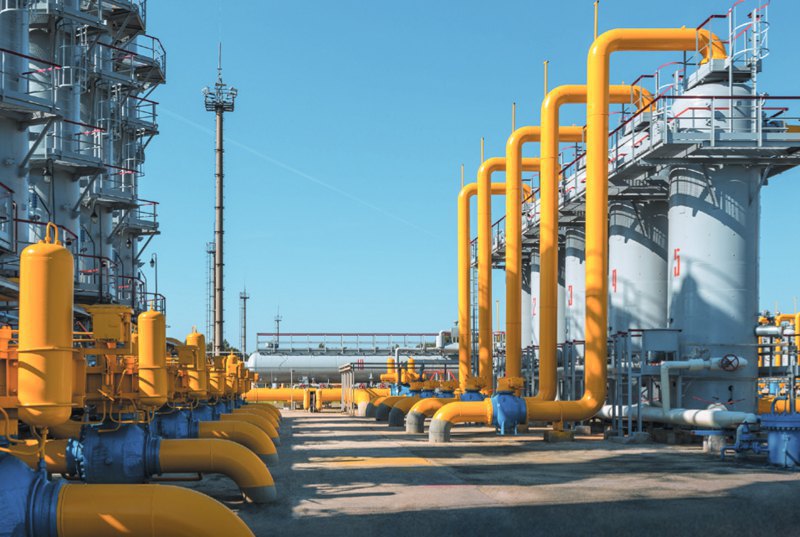
Ukraine cannot dispose of non-resident gas. It is private property and companies are not obliged to sell fuel to the state. At the same time, the more "foreign" gas in storage, the better for the state for two reasons.
The first is the revenue for Naftogaz. The second reason is technical: the more gas underground, the easier it is to bring it to the surface during the heating season. Especially in the most difficult months - February and March, when fuel reserves are lowest.
The situation in the energy system is very shaky
Last Thursday, the whole country was once again living according to blackout schedules. This case illustrates the unstable situation in the power grid. The blackouts returned not because of new shelling or major equipment breakdowns, but mainly because of cloudy weather. As a result, the generation of electricity by solar power plants has plummeted.
"This once again shows the fragility of the balance between electricity production and consumption. I think readers are well aware that in winter there are very few hours of sunshine and, as a result, the generation of solar power plants will be low, while consumption, on the contrary, will be much higher than the current level," explained former Energy Minister Olha Buslavets.
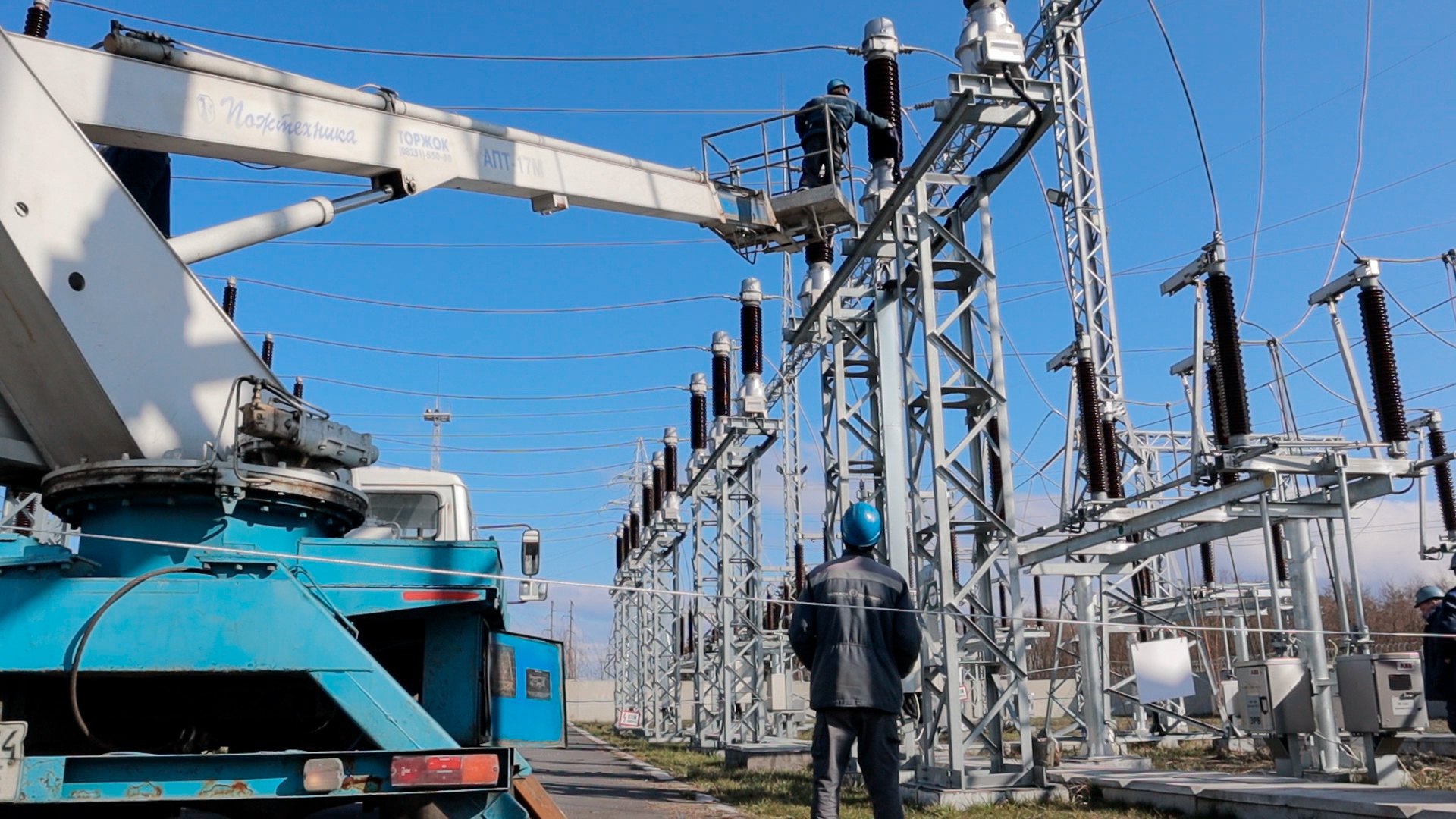
Winter forecasts should take into account the likelihood of accidents at energy facilities. A recent example is the situation at the South Ukrainian NPP, where a problem arose with one of the pumps. This did not pose a threat to nuclear safety, but the breakdown made it necessary to reduce the power output at one of the units. Energoatom eventually acknowledged the incident, noting that they had found "remarks" in the operation of one of the units. They added that there were no accidents at the plant.
"Nuclear generation is key in the energy balance. It accounts for 55 to 70 per cent of the total generation capacity, depending on consumption," said Oksana Ishchuk.
Russians have not attacked Ukrainian NPPs yet. However, they are trying to destroy substations around them. The Kremlin not only wants to provoke a total blackout in Ukraine, but also endangers the entire continent.
"When the connection [between the nuclear power plant and the grid] is lost, you have very little time. Seconds to make a decision, minutes to switch on diesel generators. Because the reactor itself needs a lot of electricity. To run the pumps that pump water to cool the reactor," said Sean Burney, a nuclear energy specialist at Greenpeace.
The Russians have started firing rockets with cluster munitions at the Ukrainian energy sector. The mission of the International Atomic Energy Agency (IAEA) agreed to monitor the substations around the plant. Its experts have already visited one of the facilities attacked by the Russians.
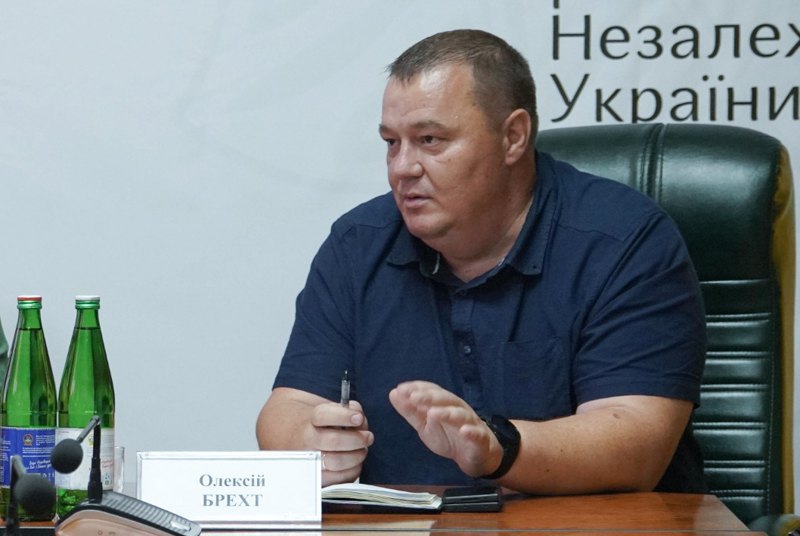
"The presence of the IAEA monitoring mission at key power substations should become an additional factor in deterring Russia from attacking transmission system facilities. The attention of the international community is a guarantee of our support in countering energy terror," said Oleksiy Brekht, Acting CEO of Ukrenergo.
Attacks on the energy sector take place almost every day. For example, on Monday, Russians shelled civilian energy facilities in five Regions of Ukraine. In general, the Kremlin targets electricity transmission systems with missiles and drones. Ukraine has managed to adapt effectively to this situation. The aftermath of a massive attack takes no more than two weeks to resolve. This was the case, for example, after the heaviest shelling in late August, when the Russians used more than 200 missiles and drones. But in winter, Moscow is likely to choose other targets for attacks - light generation facilities. And this is a much more serious challenge for Ukraine.
"Our Western partners are already publicly paying very significant attention to our passage through this winter and say that it will be extremely difficult for us. Restoring damaged equipment and strengthening air defence is the number one priority," said Olha Buslavets.
For the third year in a row, the Ukrainian energy sector has been under constant Russian attack. On 11 September 2022, Russia attacked electricity generation and supply facilities for the first time. Hundreds of thousands of Ukrainians were left without electricity. Later, the attacks became more severe. No European country has experienced such a scale of destruction of generation facilities since the Second World War. Since spring alone, the Russians have destroyed more than 9 GW of electricity generation. This is half of the consumption last winter.

What has been restored
The construction of new generation facilities and the restoration of damaged ones is going on as planned, the Ministry of Energy says. However, the exact figures are not disclosed for security reasons. Only plans are known. The construction of Zelenskyy's gigawatt project is becoming more and more elusive.
At the beginning of the summer, the President claimed that Ukraine would build 1 GW of new manoeuvrable gas generation by the end of the year. Three months have passed and the results so far look too modest. Only 60 MW has been built, which is less than a tenth of the capacity promised by the president. These figures were given by former Ukrenergo CEO Volodymyr Kudrytskyy. At the same time, the Minister of Energy did not confirm these data, but refused to give exact figures.
"New generating capacities have been installed in the hundreds of megawatts. Equipment for about 600 MW has been financed. This equipment is already partly in Ukraine, partly on the way. There is a clear plan," said Herman Halushchenko.
At the same time, the Ministry of Energy released another figure: by the end of the year, they planned to restore 3 GW of capacity. This is likely to include the restoration of the facilities damaged by the Russians.
"Even if we get these gigawatts, we will still have a deficit during peak hours," said Lapenko.
The Centre for Countering Disinformation predicted how long the blackouts will last in winter. It is believed that blackouts may last from 12 to 20 hours a day. The duration depends on many factors: new destruction, increased air defence, the pace of recovery, and the weather.
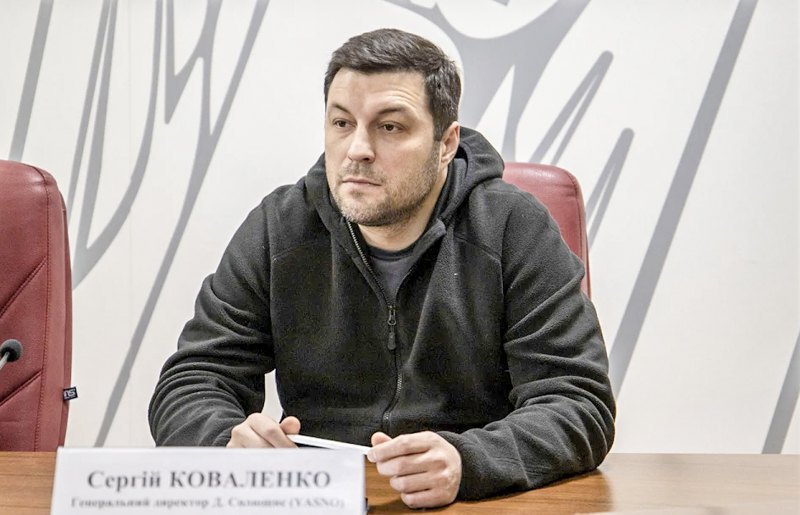
"In fact, no one can give accurate forecasts right now, simply because the factor of enemy attacks and their consequences always remains uncertain. In fact, the repair campaign is going on as planned, but additional work is being added due to the constant shelling," said Serhiy Kovalenko, CEO of YASNO, the electricity supply company.
The level of electricity consumption in September is approaching the annual minimum. However, it will increase as the temperature drops. According to the Centre for Countering Disinformation, Ukraine is currently generating 11.5 GW of electricity, while it needs 13 GW. And in winter, this figure will increase significantly: by about 5 GW.
During certain weeks of the heating season, Ukraine has every chance to introduce minimal blackout schedules. However, this is subject to warm weather and effective repulsion of Russian attacks. Such a scenario should not be ruled out, but for now it looks rather utopian.
"We shouldn't be under any illusions: there will be blackouts. This is an axiom for the heating season. The only question is the duration," stated Oleh Popenko.








